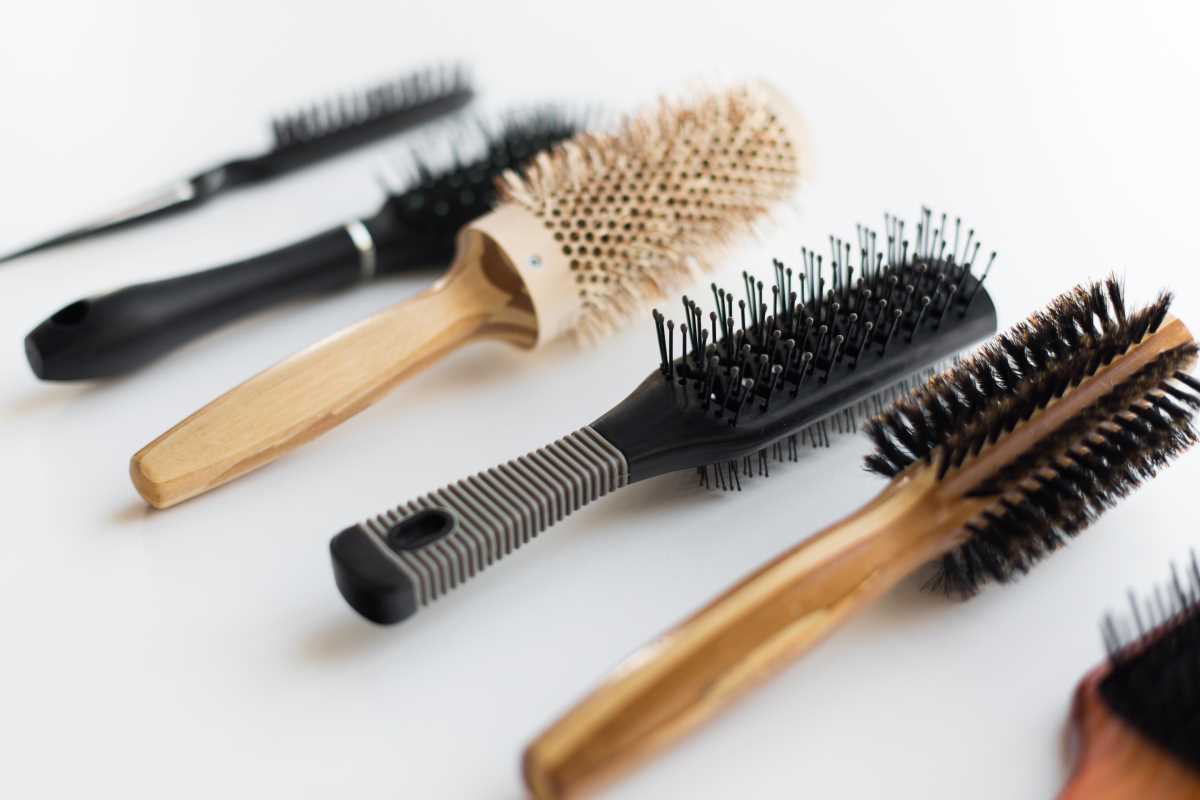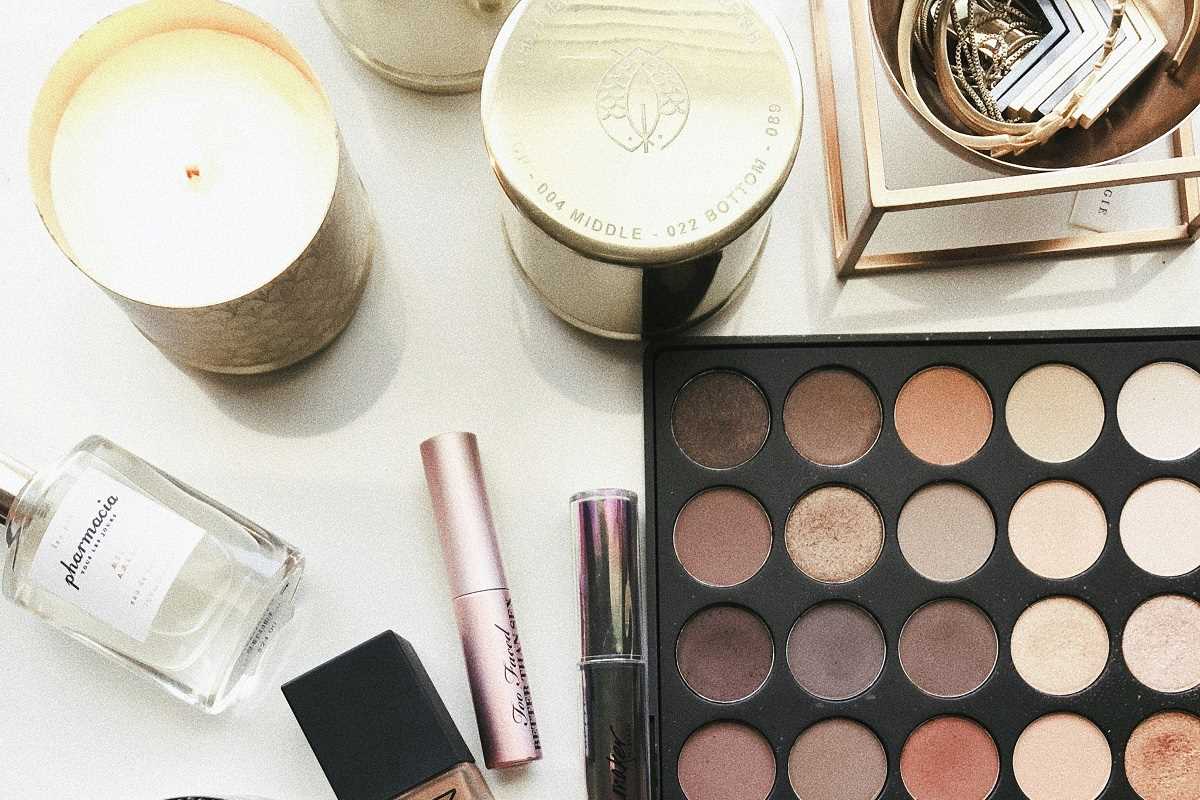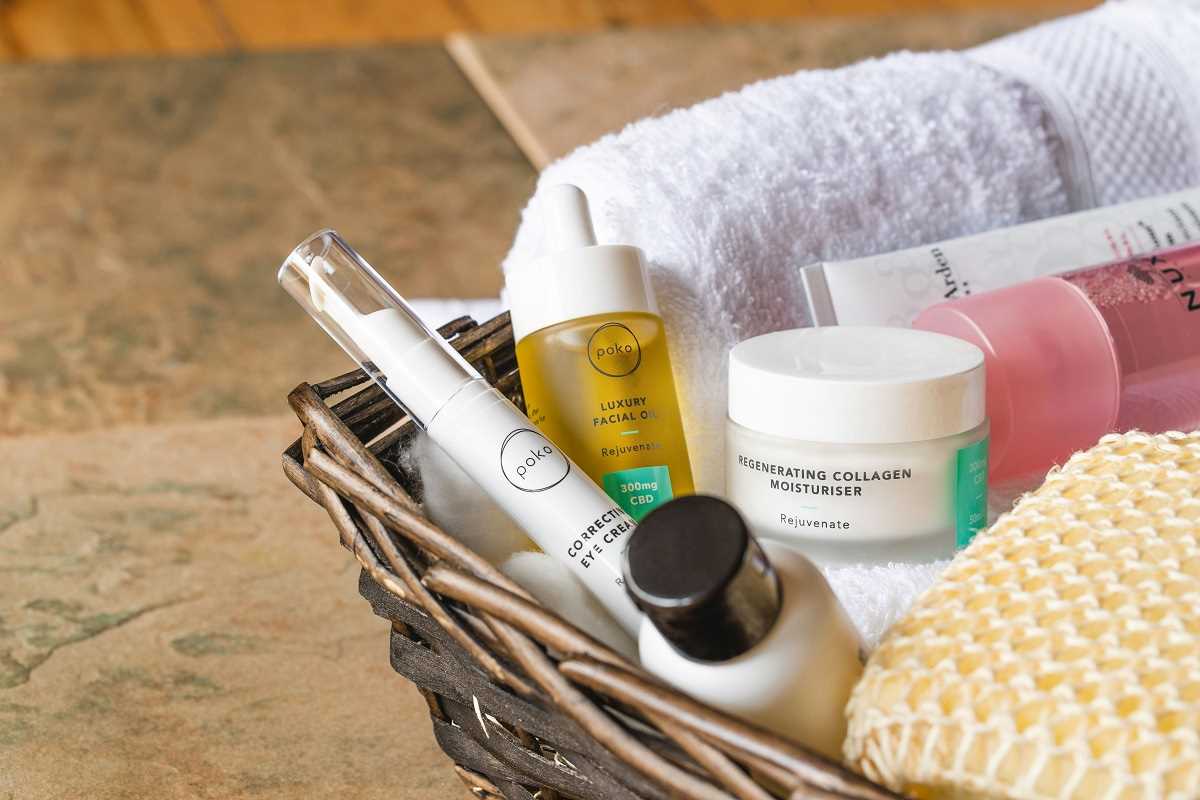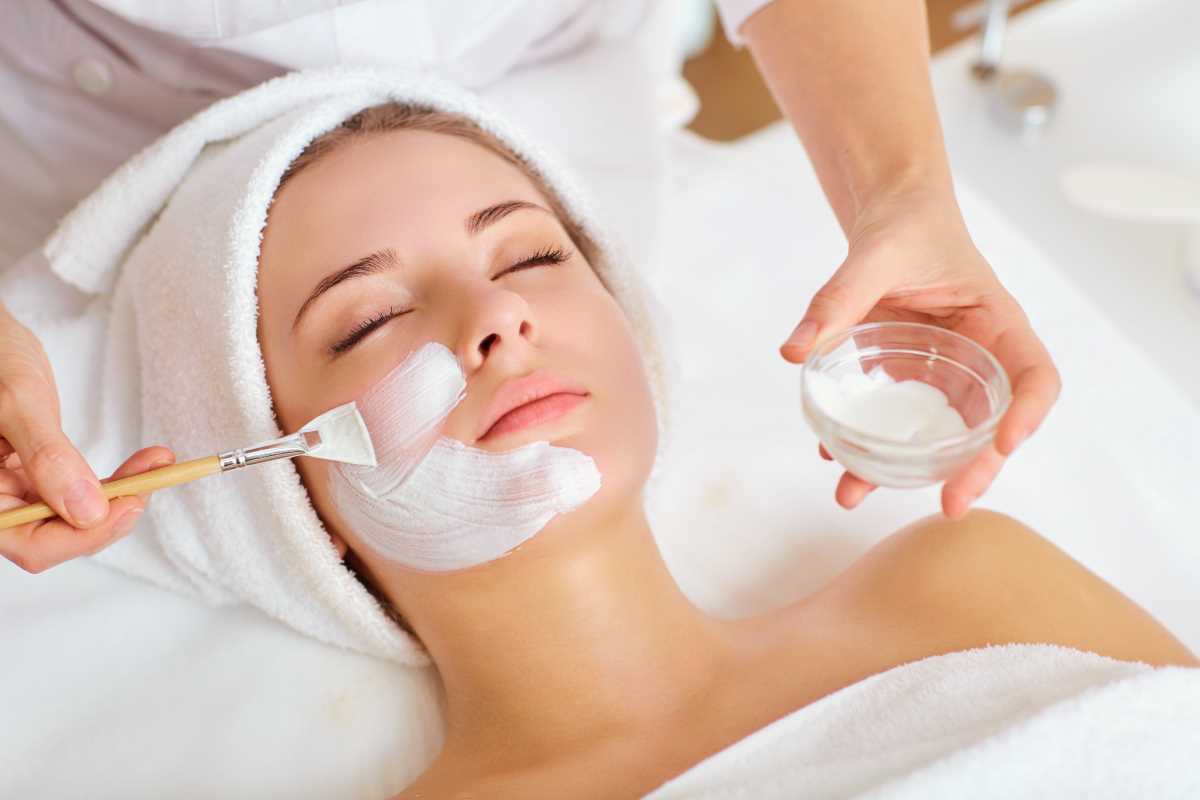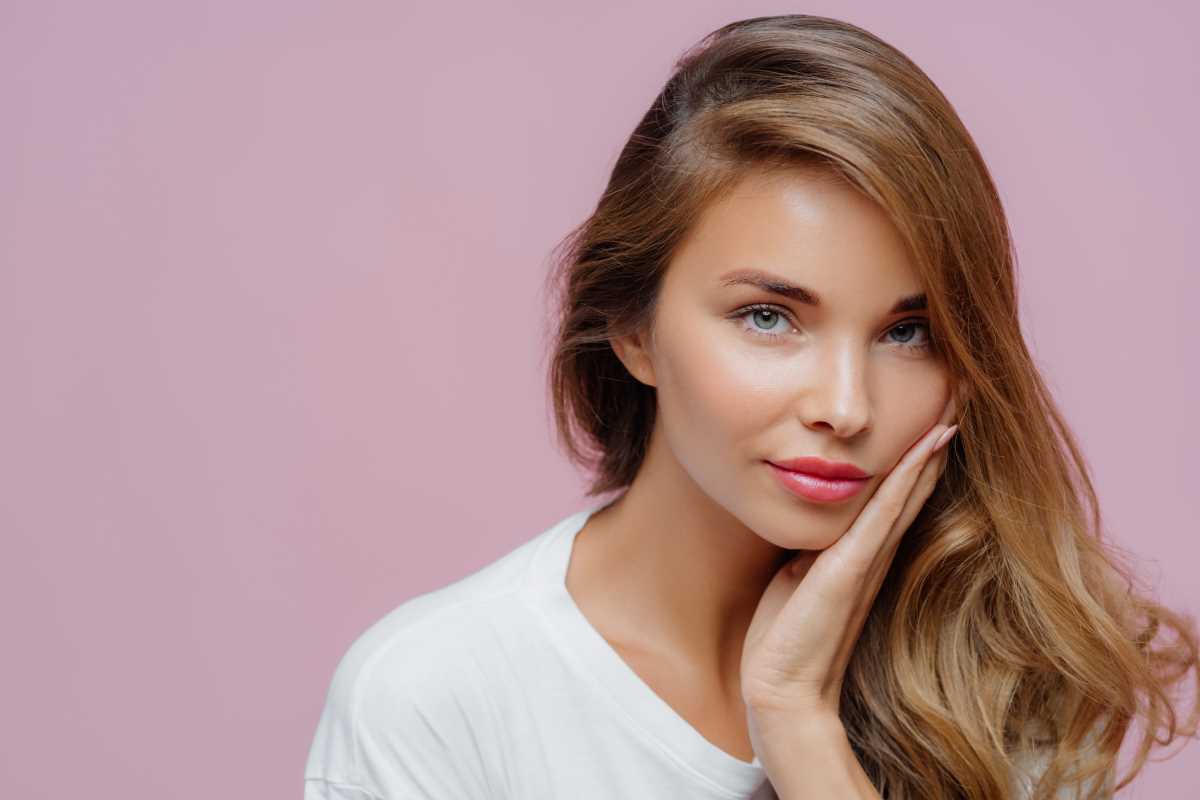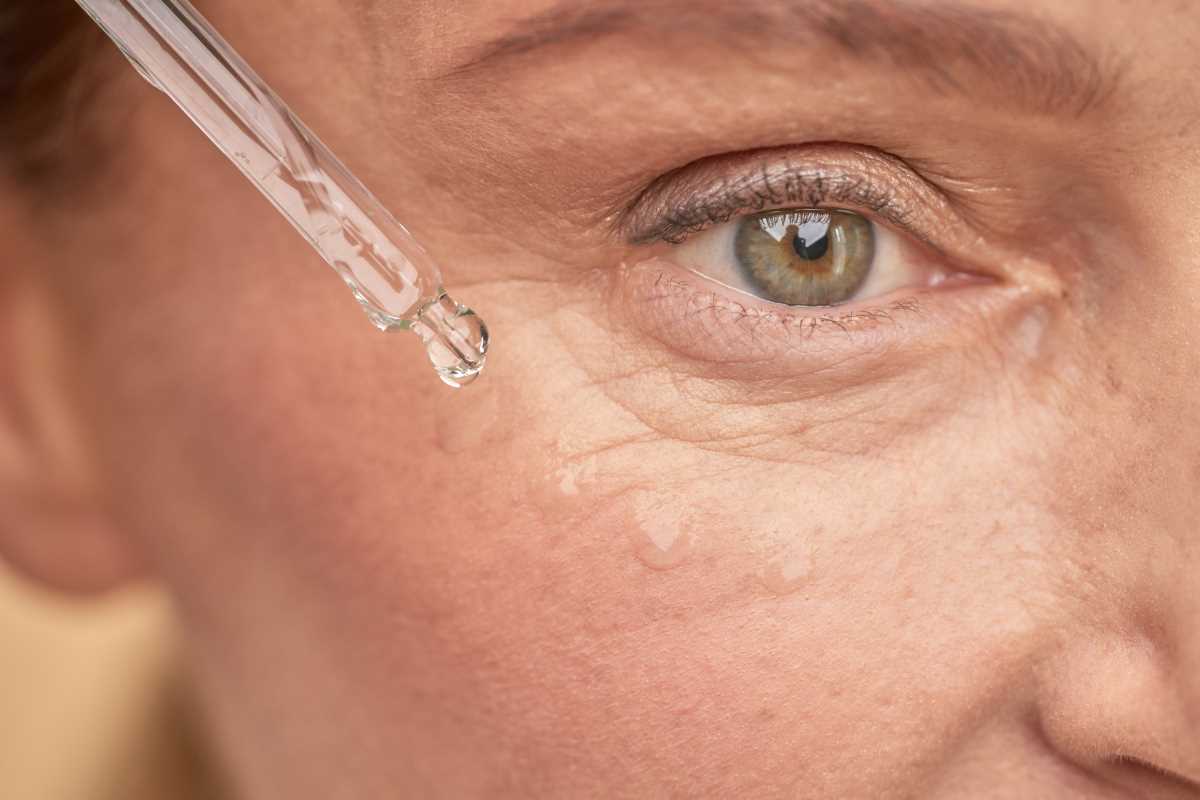Our daily routines are filled with products meant to make us look and feel great, from lotions and shampoos to makeup and perfumes. But it can be truly unsettling to discover that some of these everyday items contain ingredients with unwanted side effects. The growing low-tox lifestyle trend brings crucial attention to certain chemicals, particularly endocrine disruptors, which can lurk in products we use every single day. Understanding what these chemicals are and how to avoid them is a vital first step towards building healthier habits. This guide will simplify this complex topic, making it easy to identify problematic ingredients and empower you to make informed, smart switches for your routine, ultimately supporting your overall wellness and peace of mind.
What Are Endocrine Disruptors?
Hidden behind long ingredient names, some chemicals can mess with the body’s hormone system. Hormones are chemical messengers working behind the scenes, making sure things like growth, moods, and metabolism run smoothly.
Certain substances, called endocrine disruptors, can confuse the normal messages or even fake being a hormone, changing how your body should function. They might imitate, block, or interfere with hormone signals. The tricky part is that even small exposures, over time, might have an impact. That’s why being aware of what’s going into or onto your body matters.
Where Might These Chemicals Be Hiding?
Knowing what to look out for is half the battle. You don’t need to be a scientist to spot a few of the usual suspects. Here are some better-known examples that show up fairly often.
Phthalates
Manufacturers use these to keep plastics soft and flexible, and you'll find them helping scents stick around longer. Labels won’t always say “phthalates”; sometimes they’re buried in the general term “fragrance” or “parfum.” Diethyl Phthalate (DEP) is one you might find in personal care items.
- Often found in: Perfumes, nail polish, hair sprays, lotions, and soaps.
- How to spot: Look for items that mention “phthalate-free.” Going for fragrance-free options or those scented only with plant oils helps you avoid them.
Parabens
These have been go-to preservatives for keeping bacteria and mold away from lots of products. Their names sound similar (like methylparaben and butylparaben) and they’ve been standard for a long time.
- Often found in: Makeup, moisturizers, shaving gels, shampoos, and personal lubricants.
- How to spot: Their endings, always “-paraben,” make them easy to catch. Many companies highlight “paraben-free” on their packages now, so it’s easier to choose alternatives.
BPA (Bisphenol A)
Famous for use in plastic bottles and food packaging, BPA isn’t just a container concern. It shows up in some cosmetics, mostly through plastic packaging. The issue is less about what’s inside the bottle and more about what the packaging is made of.
- Often found in: Compact case lids, lipstick tubes, or other hard plastics.
- How to spot: Pick products labeled “BPA-free.” Even better, choose glass, metal, or bamboo packaging when you can; they’re less likely to leach unwanted chemicals.
Triclosan
This is a germ-busting ingredient once seen everywhere in personal care. Over time, health and environment worries have led to some restrictions, but it can still pop up now and then.
- Often found in: Toothpaste, antibacterial soap, and certain deodorants.
- How to spot: Check for “triclosan” on the label, or look out for soaps and toothpastes marked “triclosan-free.” In most cases, plain soap and water do a good job on their own.
Steps Toward a Lower-Tox Routine
Switching things up doesn’t have to feel like an all-or-nothing project. Starting slow and being selective helps make the process less overwhelming and less expensive.
Take Baby Steps
Begin by finishing up what you already own. As things run out, replace them with options you feel good about. Start with body or face products, since those cover more skin. Making swaps as you go helps you build a healthier routine over time.
Get Comfortable with Labels
Reading the ingredient list—just like you would for food—can help you dodge the worst offenders. At first, it might look confusing, but after a little practice, you’ll recognize the names that pop up again and again. Products with fewer mystery ingredients can be a good sign.
Use Helpful Tools
Plenty of apps and websites are designed to help you figure out what’s in a product. For example, the Environmental Working Group (EWG) Skin Deep database makes it easy to look up thousands of beauty items and understand their ratings. With their help, shopping for safer options won’t feel like such a guessing game.
Keep It Simple
A less-is-more mindset can make a big difference. You probably don’t need a dozen separate products. Some common household items can pull double duty. For instance, coconut oil is useful as a moisturizer and makeup remover, and witch hazel makes an excellent toner. Fewer items means fewer chemicals to worry about and often saves money too.
Why It’s Not Just About You
Deciding what’s in your routine has effects beyond personal wellness.
It’s Changing What Companies Offer
Shoppers looking for less risky ingredients are shaping the market. Many brands want to keep customers happy, so they’re rolling out new lines made with more transparency and safer ingredient standards. Buying from companies you trust helps drive that change.
It’s Good for the Planet
The same chemicals you avoid for your health can be rough on the environment as well. Triclosan, for example, can head down the drain and end up in streams, harming fish and other wildlife. Plastics like those containing phthalates contribute to pollution. Choosing products with eco-friendly packaging or those made from cleaner ingredients helps cut down on waste and chemical runoff.
Putting It All Together
Figuring out what’s in your personal care and makeup isn’t always straightforward, but making mindful choices pays off. By learning to spot just a handful of ingredients, you put yourself in control of what you use each day. Even simple swaps done step by step can significantly cut down on unwanted chemical exposure. Not only does this support your health, but it also encourages a safer, more open beauty industry for all.
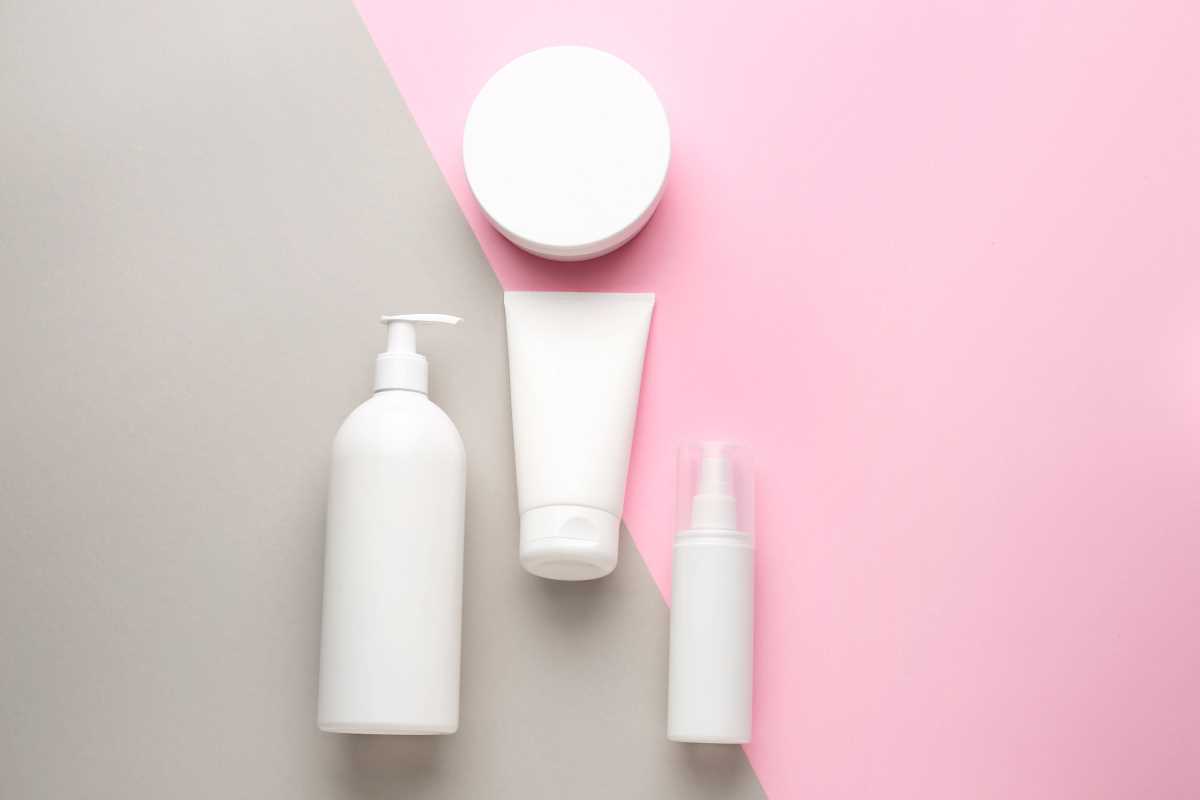 (Image via
(Image via